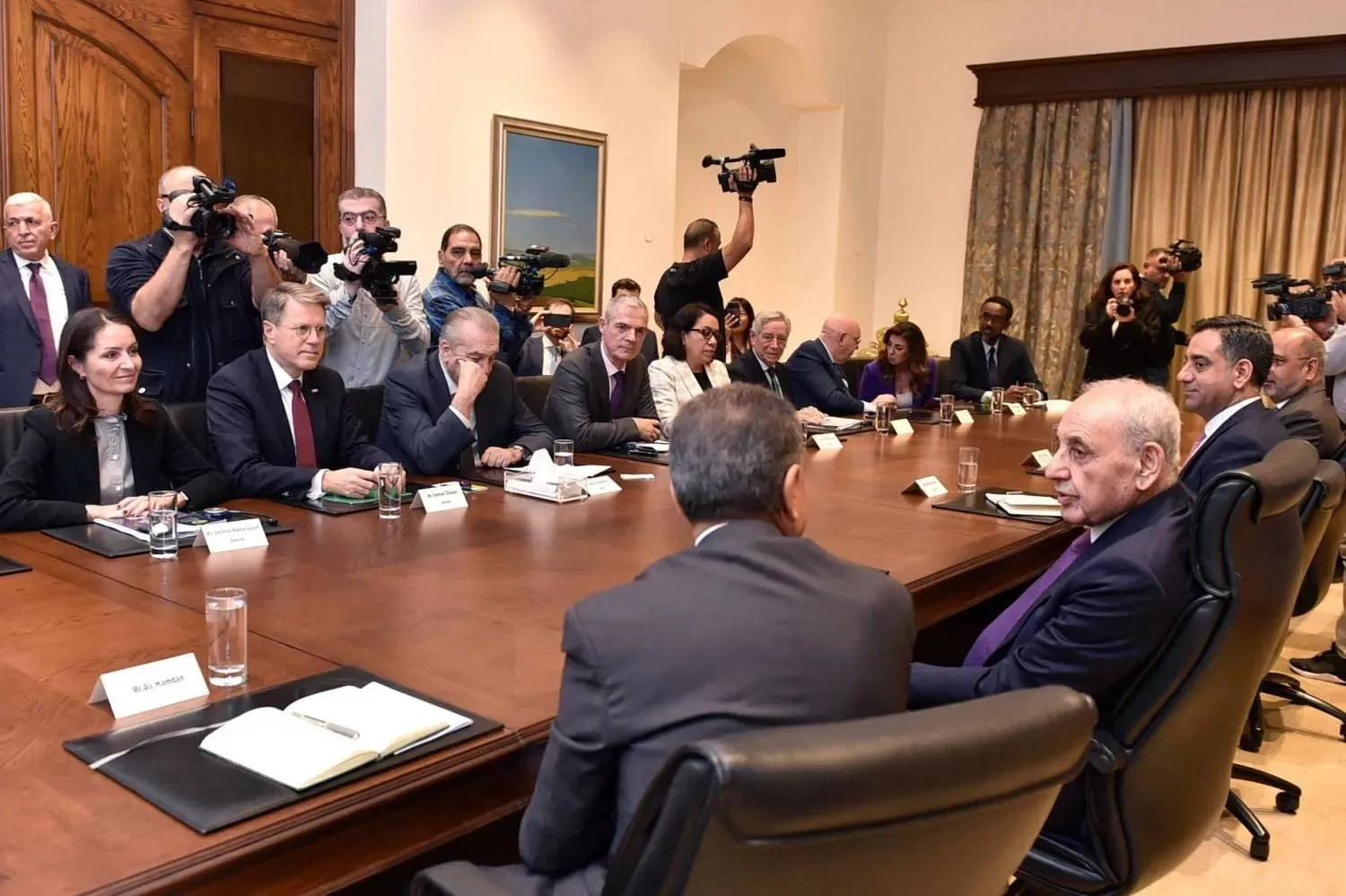As Syrian armed factions expand, Iraqi Shiite groups are steering clear of the fighting, increasing pressure on Prime Minister Mohammed Shia Al-Sudani’s government from both Iran and the US over Baghdad’s stance on Syria.
Syrian Foreign Minister Bassam Sabbagh arrived in Baghdad on Thursday, with Iran’s Abbas Araghchi expected on Friday.
Sources say Araghchi will seek Iraq’s help to restrain Syrian factions or protect key areas for Syrian President Bashar al-Assad and Tehran. However, it is unclear if Baghdad will comply.
Talks between Iraqi officials and Shiite factions suggest growing doubts about Iran’s ability to maintain its influence.
Sources said Syria has asked Baghdad for military aid, with some Iraqi politicians pushing to send troops. However, government officials indicated that Iraq’s role will depend on emerging regional developments.
Shiite factions have distanced themselves from the Syrian conflict, citing a lack of confidence in Iran’s ability to secure supply lines.
Kataib Hezbollah, an Iraqi militia, recently announced it was monitoring the situation but stopped short of joining the fight. Instead, it urged Al-Sudani to send troops to support Assad in Syria.
Insiders said Shiite factions and Iran’s Revolutionary Guard agreed that deploying fighters to Syria would be a “suicidal move.” They believe the responsibility now lies with the Iraqi government.
Despite Iran’s orders for Shiite militias to head to Damascus, the factions refused, signaling a rare defiance of Tehran’s directives.
The refusal of Iraqi Shiite factions to follow Iran’s orders has raised doubts, with Sunni and Kurdish politicians questioning the shift.
They find it hard to explain, given the close loyalty between Tehran and its Iraqi allies. However, key events in Gaza and Lebanon seem to have triggered this change, and its long-term impact remains uncertain.
An Iraqi political adviser, speaking on condition of anonymity, said various factors have led Iraqi factions to adopt a different approach from Iran. “It’s not a full break, but it’s an unusual shift in tactics,” he explained.
Groups like Asaib Ahl al-Haq, which are part of the Iraqi government, have been inactive for months. Other factions, once active in attacks against US and Israeli targets, are now questioning Iran’s support, especially after Hezbollah’s recent troubles.
Asharq Al-Awsat has gathered conflicting reports from sources close to Shiite factions, political figures, and those in communication with Tehran and Baghdad. The situation surrounding the factions’ stance on Syria can be summarized as follows:
“Iraqi Shiite factions are increasingly concerned about external interference impacting their leaders, supply lines, and camps, leading them to believe that intervening in Syria would be too risky.”
“Shiite faction leaders are questioning the effectiveness of Iran’s strategy since the Al-Aqsa Flood operation, wondering if it has weakened the resistance axis instead of strengthening it.”
“Iran is struggling to communicate with Iraqi factions since the killing of Hezbollah’s leader. Factions claim they have heard nothing from Iran’s Quds Force commander, Ismail Qaani, since the fighting began in Syria.”
Discussions among factions have raised concerns about how Iran would protect supply lines for fighters going to Syria.
If the reports are correct, the factions’ refusal to intervene in Syria follows failed attempts to test the situation on the ground.
On December 2, 2024, armed Shiite groups tried to cross the Iraqi-Syrian border toward Al-Bukamal but were struck by airstrikes near Mayadeen, southeast of Deir Ezzor.
US sources warned of this area being one of the last accessible points in Syria.
On December 4, 2024, a Shiite group attempted to encircle Syrian Democratic Forces near Khafsa, northeast of Aleppo, but the operation failed.









